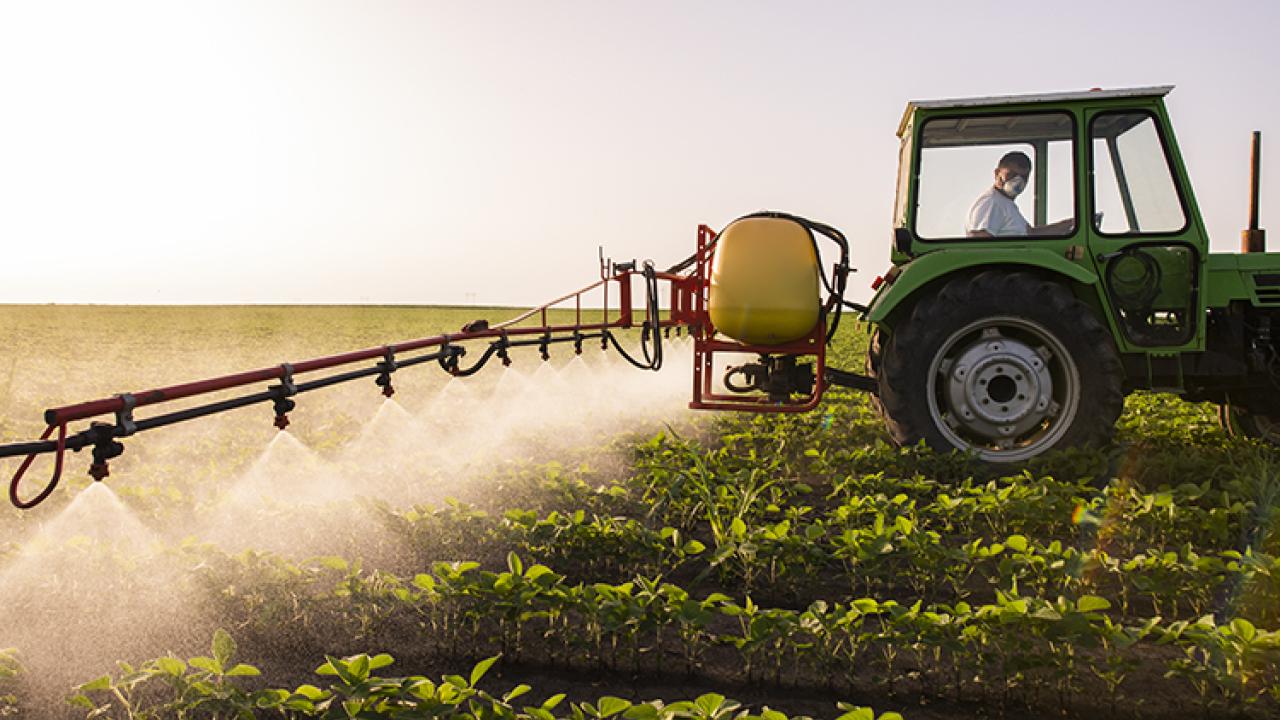Fertiliser now more affordable

IN GOOD news for farmers a new report says fertiliser prices have eased and sluggish demand could see them remain stable.
A new report from Rabobank says prices for the three major fertilisers used by Australian farmers – nitrogen, phosphates and potash – have gradually eased from the highs seen in 2022. This sharp spike in prices followed the outbreak of the Russia-Ukraine war.
The semi-annual Global Fertiliser Outlook report says although prices remain high against historical levels, muted global demand from across the fertiliser market is expected to seep into prices within the coming six months.
This weaker demand should help to offset global supply issues and keep fertiliser prices in a tight range. However, the bank cautions in its report, global fertiliser markets are likely to remain volatile in the year ahead.
Report co-author RaboResearch agriculture analyst Paul Joules said fertiliser prices became extremely high, extremely quickly – but have begun to slowly flatten out.
“It has been like going up by escalator, but coming down via the stairs in terms of the pace of the price correction,” he said.
Mr Joules said Australian farmers are hugely dependent on other countries for fertiliser supply, with very little of the chiefly-used fertilisers manufactured locally.
“International supply and demand issues have a direct impact on Australian fertiliser prices and ability to procure fertiliser,” he said.
“As a relatively small player in the global buyer market, Australia is not in a position to dictate prices.”
Mr Joules said Australian farmers can expect to be dealing with a volatile global fertiliser market in the year ahead.
“From an Australian purchasing perspective, there is a positive outlook for the Australian dollar,” he said.
The bank anticipates the exchange rate between the Australian dollar and the US dollar to rise to 0.72 over the next 12 months.
“If this materialises, it will make fertiliser purchase more affordable,” Mr Joules said.
“The strength of the Australian dollar and waning global demand point towards lower prices for Australian farmers. However, ongoing global supply-side issues for nitrogen and phosphate fertilisers will likely limit downside potential.”
Mr Joules said phosphate and potash usage rates are strongly correlated to price.
“A modest increase in phosphate price may curb usage, while the decline in potash price could incentivise slightly more usage,” he said.
“It’s important to remember that this is happening against a backdrop of declining grain and oilseed prices, high interest rates and high machinery costs in Australia. Negative sentiment surrounding these pressures could impact fertiliser application decisions.”
When it comes to nitrogen however the report says there is no clear direction for global prices.
The urea market lacks a clear short-term direction, leading to potential overreactions in prices, either upwards or downward.
“We should continue to expect price volatility, a common pattern in the nitrogen market,” Mr Joules said.
The report said there was a clear shift in global phosphate market dynamics, ultimately leading to a reduction in supply.

Add new comment